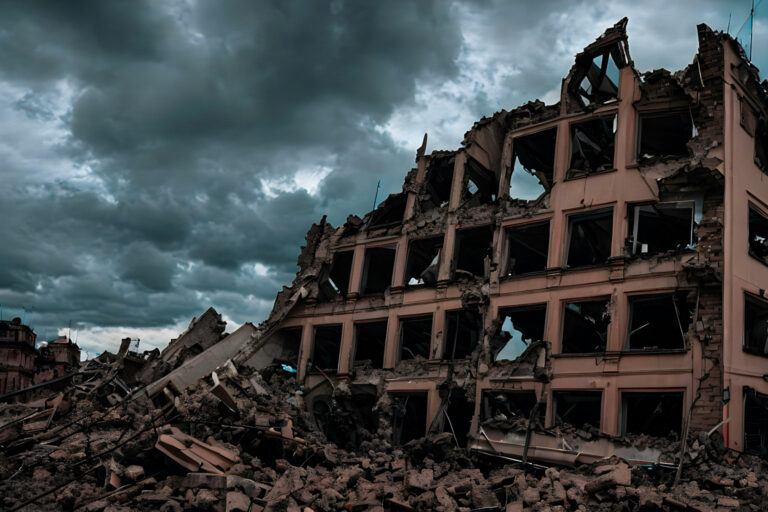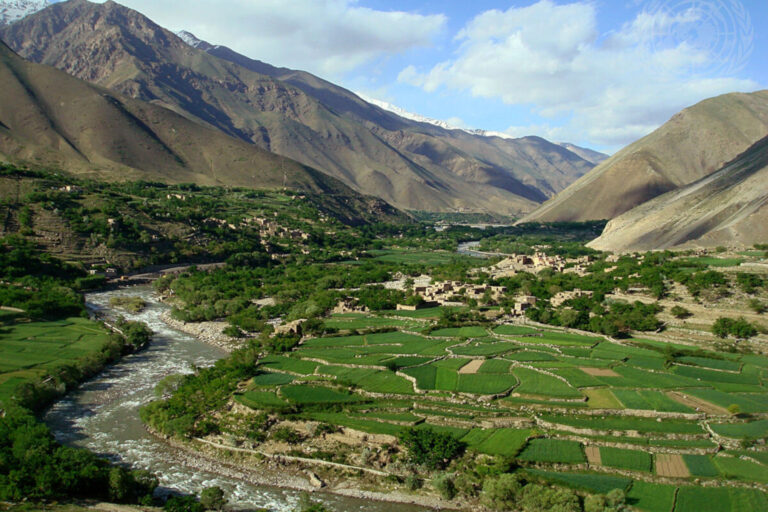By Guillaume Signorino
A new trend has seen many aid workers and researchers using abstract concepts to portray their initiatives as innovative and groundbreaking. Among the series of new words catching momentum is “resilience.” Defined as “the ability of a system and its components parts to anticipate, absorb, accommodate, or recover from the effects of a hazardous event in a timely and efficient manner,” resilience covers a spectrum of issues related to the relationship between shocks and societies.[1] These range widely from disaster risk management and economic stability to food security and environmental protection. In the past decade especially, the term has become widely used in the development and humanitarian fields. Reflecting this trend, Helen Clark, the Administrator of the United Nations Development Program (the third-highest UN position), declared in a 2012 speech at the University of Cambridge that “resilience has to be put at the heart of the development agenda.”[2]
Resilience is now a central paradigm which might replace sustainability as the final objective of development. As a result, the concept of resilience is now being extensively employed in the ongoing definitional process for the post-2015 development agenda. For example, resilience appears widely throughout proposals and initiatives from the United Nations Open Working Group on Sustainable Development Goals (OWG) and the Overseas Development Institute (ODI) Future Goals Tracker program.
In this context, it is therefore necessary to ask, is the use of the term “resilience” useful? This brief paper seeks to argue that the concept of resilience should not be used to define post-2015 goals for three main reasons. First, resilience cannot to be clearly measured and evaluated. Secondly, it disregards social justice issues which are at the root of poverty. Lastly, it is too broad to be useful as a SDG.
Measuring Resilience: Integrating a Flexible Term into a Fixed Framework
First, there is no single and unified definition of what resilience is, much less how to measure it. Reflecting this, Jonathan Witthall of Doctors without Borders (MSF) has stated that “resilience means everything to everyone.”[3] The problem is that without an agreed definition, resilience cannot be measured as the outcome of any development project.
Moreover, organizations often define resilience for themselves with their own indicators. For instance USAID established a list of twenty-eight indicators of “resilience-related livelihood outcomes” for its actions in the Horn of Africa.[4] This list included the percentage of households with access to potable water and the number of effective local governance structures. These indicators, however, will be meaningless if they are not adopted by other agencies. If each different resilience-building project adopts different definitions and indicators, outcomes cannot be compared and lessons cannot be learned.
The SDGs need concrete goals and measurable indicators in order to establish a convincing and realistic development agenda for 2015-2030. Currently, due to its definitional ambiguity, resilience remains difficult to monitor and evaluate, and therefore, should not be used in defining the SDGs.
Building Resilience: Overlooking the Most Vulnerable?
The concept of resilience was imported to the international development field from the climate change mitigation community. When applied to climate change, resilience fundamentally refers to ecological systems. In the international development area, it also refers to “systems,” but in this context communities or societies are the systems. This can cause problems as programs that strengthen resilience tend to focus on a society as a whole and do not focus on individuals. What matters then is the ability of the system to resist and recover from shocks rather than how individual people build resilience. As a result, resilience-based programs often neglect social interactions and unequal power structures within a society, and thus overlook society’s most vulnerable.
For example, in nutritional support programs, food vouchers are a common way to distribute food equitably.[5] On the surface, these programs can strengthen the resilience of the target communities as individuals receive food and become less vulnerable to food insecurity. However, below the surface, some beneficiaries might use their social status to extort food vouchers from the weak. Thus, what at first appears a success, might actually be a failure because vulnerable people have not benefited from a program.
In short, what is beneficial for a society as a whole is not guaranteed to help all individuals; the holistic, society-level approach of resilience often overlooks this point. This is especially important as the Millennium Development Goals (MDGs) have been criticized for neglecting the poorest and the most vulnerable members of society.[6] Consequently, resilience needs to better account for discrimination and social justice issues in order to be a suitable goal for the post-2015 agenda.
Applying Resilience: Why the Term Should not be an SDG
Lastly, the concept of resilience can be applied too broadly and watered down of any usefulness in elaborating new development goals. Resilience can easily become a “catch all” term describing the way different factors are all linked to development. While this offers some benefits to policy makers it is also a source of concerns. Indeed, policies implemented under a “resilience goal” could become incoherent and ineffective as too many objectives can be put under this single goal.
For instance, if ecological preservation, better education, and universal health coverage are associated with targets under a single resilience goal, it is unlikely civil society organizations and governments would be able to work together in a collaborative and effective manner. An unwieldy diversity of sectors crammed into one goal would likely make collaboration between NGOs and governments, much less, achievement of the goal, even more difficult.
Conclusion
The concept of resilience is useful in that it highlights the interdependence of global development issues. However, resilience remains very difficult to evaluate and often overlooks issues of social justice that can be at the root of poverty. Furthermore, resilience is too broad to be helpful for the post-2015 agenda and measuring such an amorphous concept can be difficult. These weaknesses should discourage policy makers from making resilience one of the Sustainable Development Goals.
Efforts are being made to better define resilience and build a framework for its use and measurement in international aid. This is a good start. Experts from the international aid community coming from both developed and developing nations should continue this dialogue on the issues associated with resilience in order to make this concept more useful for the next development agenda. For now, however, the term must be omitted from the post-2015 agenda.
Guillaume Signorino is a second year master student in International Development at the Paris School of International Affairs (PSIA – Sciences Po Paris) with concentrations in project management and the Middle East. He is currently working for Libraries without Borders, which provides educational and cultural resources to refugees around the world.
Notes
[1] Intergovernmental Panel on Climate Change, “Summary for Policymakers”. In: “Managing the Risks of Extreme Events and Disasters to Advance Climate Change Adaptation,” A Special Report of Working Groups I and II of the Intergovernmental Panel on Climate Change (2012): 3, https://www.ipcc.ch/pdf/special-reports/srex/SREX_FD_SPM_final.pdf.
[2] Helen Clark, “Putting Resilience at the Heart of the Development Agenda” speech delivered at the University of Cambridge during the Humanitas conferences series, April 16, 2012.
[3] “Opinion and Debate: Building Resilience by Deconstructing Humanitarian Aid,” MSF UK website, last modified February 07, 2014, http://www.msf.org.uk/article/opinion-and-debate-building-resilience-4.
[4] “The Resilience Agenda: Measuring Resilience in USAID,” Technical Notes (2013): 4, http://www.usaid.gov/sites/default/files/documents/1866/Technical%20Note_Measuring%20Resilience%20in%20USAID_June%202013.pdf.
[5] “Fresh Food Vouchers: Tapping Local Markets to Fight Malnutrition,” Action Against Hunger, last modified January 8, 2010, http://www.oxfam.org/en/video/2011/pakistan-check-distribution-timelapse-oxfam-cash-work.
[6] Claire Melamed and Lucy Scott, “After 2015: Progress and Challenges for Development,” Overseas Development Institute, Background Note (2011): 4, http://www.odi.org/sites/odi.org.uk/files/odi-assets/publications-opinion-files/7061.pdf.



